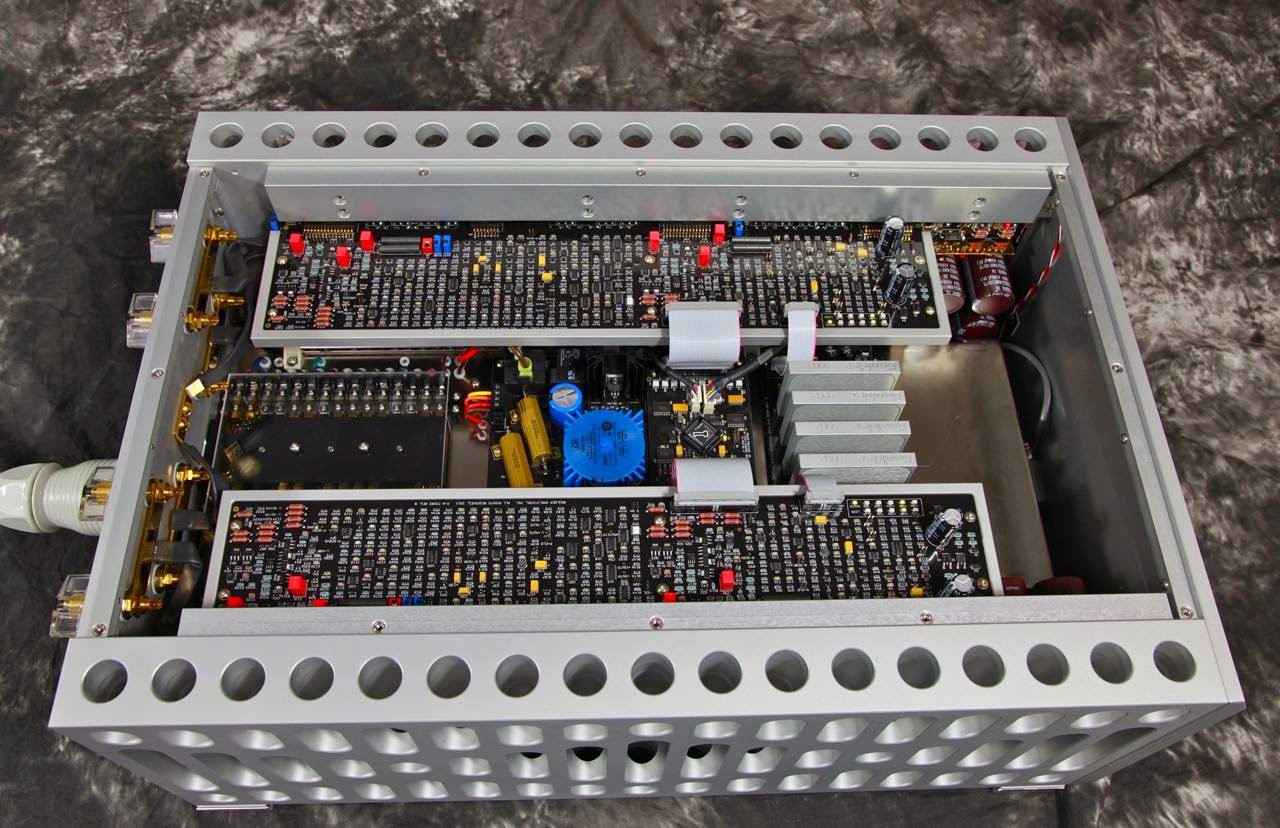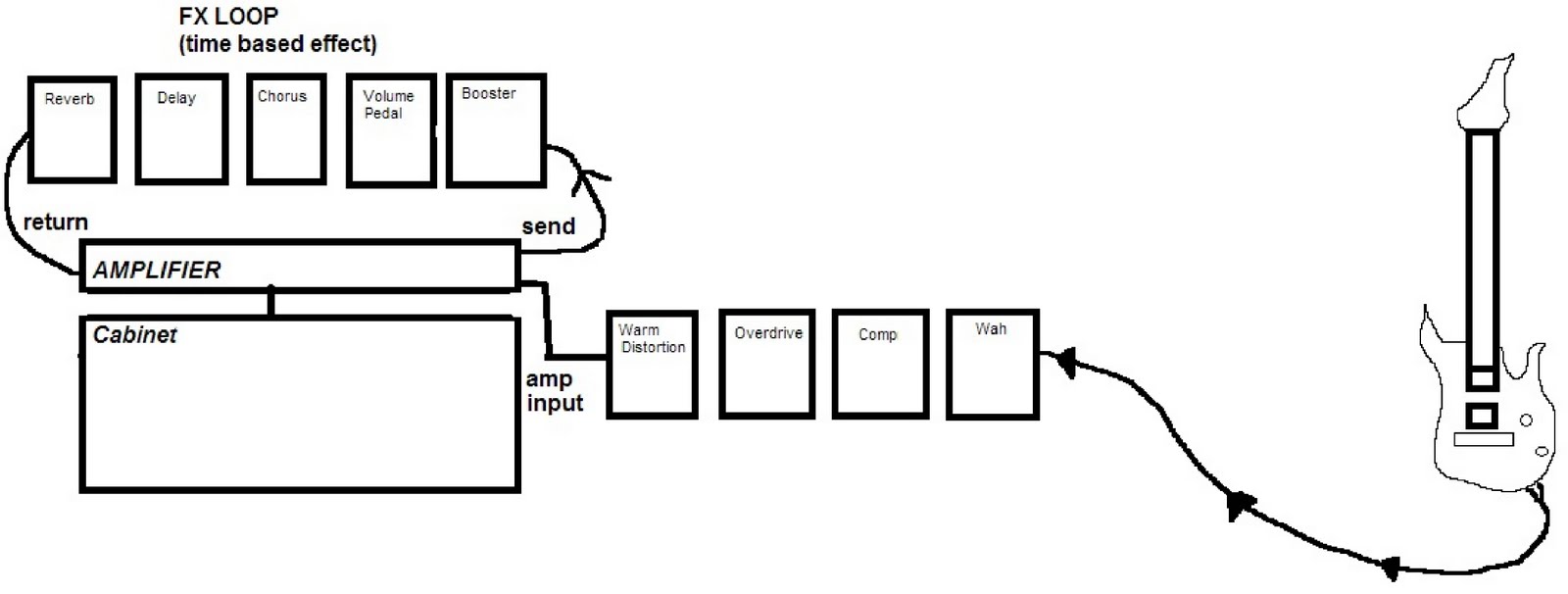
In tube amps electrolytic capacitors are mostly found in the power supply, but are also widely used in the cathode bypass of the power output stage. Above that value, polypropylene is the type of choice, with nearly the same qualities of dissipation factor (DF) and dielectric absorption (DA) as polystyrene (these are the two capacitor “qualities” that most affect audio applications).Ībove 50 uF aluminum electrolytic capacitors are a necessary evil. Polystyrene is the first choice, but are only available in values up to. The best capacitor types for audio circuits are polystyrene and polypropylene. Any amp using them in the signal path will benefit by from the substitution of premium polystyrene or polypropylene types. In our opinion, polyester capacitors should never be used in an audiophile system. Unfortunately, our tests revealed that this type of capacitor produces distortion and “coloration” that can be easily heard in any high-quality sound system. Polyester capacitors were the most widely used types in vintage amps, due to their low cost and high availability. These types of tests have also been conducted by others, with consistently similar results. Our tests revealed that a single coupling capacitor of the wrong type can noticeably degrade sound quality. We have conducted both computerized signal analysis and blind listening tests using various capacitor dielectric types including aluminum, tantalum, silver-mica, ceramic, polyester, polystyrene and polypropylene.

It’s not surprising that an enormous improvement occurs, since the effects of changing even a single capacitor from one type to another can be heard- And a typical AEA restoration replaces up to a dozen or more! Replacing aging, underperforming capacitors with modern high-performance audio grade types specially selected for each amp’s type of circuitry, can easily take any vintage amp far beyond it’s original sound quality. Today we even have capacitors that have been specifically designed for high quality audio use (the so called “Audiophile ” caps).
#Audio signal path plus#
Just as in other electronic components, there has been huge improvements in the design and manufacturing of capacitors over the past 50 plus years. Carefully choosing the right type of replacement capacitors results in a remarkable improvement in sound quality, even when the original caps were in perfect condition. It’s not that old capacitors “go bad.” They do- But it’s that the original capacitors were not “audiophile grade” types to begin with. Not just the power supply electrolytics, or caps that test bad, but ALL caps. The single biggest improvement you can make to any vintage amp is replacing its capacitors with the correct “Audiophile Quality” types. This is the task of the speakers, which receive the electrical signal from the amplifier and deliver it as waves of audible sound.When cooking up good sound, audiophile grade caps should be on the list of ingredients… The final crucial stage is the change back to an acoustic signal. Smaller Pas sometimes combine the mixer and the amplifier into a single unit, although increasingly these days, amps are built into speakers. This is where the sound is made loud enough to fill the room comfortably without distortion. The desk will incorporate different input types to accommodate different types of signal, such as those coming from microphones and those that are directly connected.įrom the mixer, the sound is carried to the amplifier, sometimes known as the output stage. The whole sound is balanced at the mixing desk, and any effects required are also added. Usually, shielded cables are used to protect against interference, though wireless systems are becoming ever more popular. The sound signal must then be carried to the mixing and amplification systems.

Note however, that although keyboards and bass guitars have electrical outputs, they are usually connected to the PA system via a DI box (Direct Injection) which amplifies the signal and balances it to protect it from interference - see our separate guide on this subject. Firstly, the original sound is changed into an electrical signal, usually via a microphone.


 0 kommentar(er)
0 kommentar(er)
